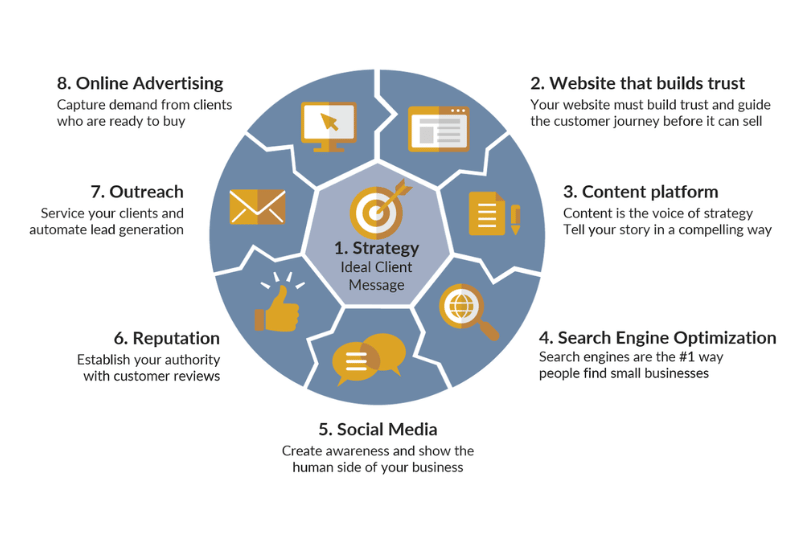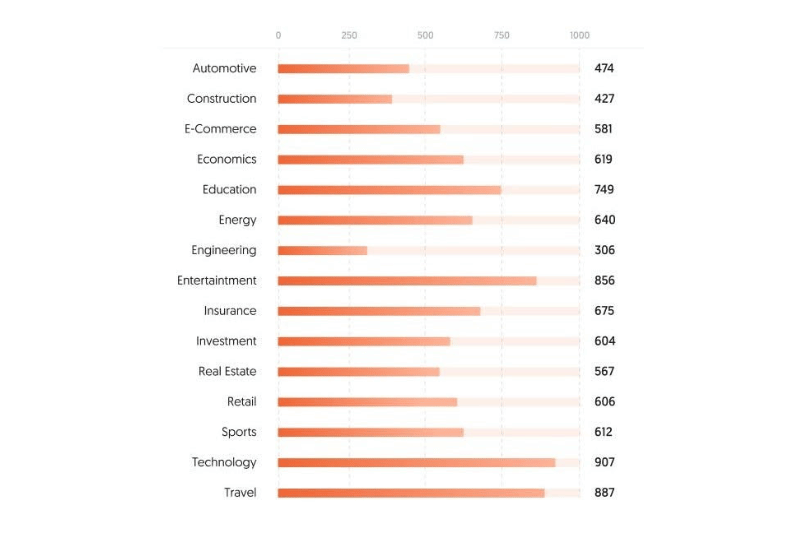How AI is Augmenting Web and Mobile Application Development
Let’s Get Honest About AI

AI isn’t a magic wand. It’s not going to read your mind, build your app, and launch your campaign while we sip tea and wait. But that’s not a bad thing. The truth is better: AI is giving us space to think more clearly, move more quickly, and focus on the work that actually matters.
As someone who moves between dev and marketing daily, I don’t see AI replacing anything important. I see it sharpening our tools. It’s freeing us up to deliver more value—not less.
But like any powerful tool, it’s also being misused—by those looking to replace expertise instead of enhance it, or to prioritize speed over substance.
AI isn’t a shortcut—it’s a force multiplier. And for teams like ours, it means we get to spend more time doing the work that actually makes a difference.
Tools Have Always Helped Us Work Smarter—But AI Is the Most Transformative One Yet
If you’ve been around long enough to remember building websites using tables, you’ve seen more than a few game-changing tools come and go.
Remember Dreamweaver? It gave developers a visual way to code before browsers caught up.
Drag-and-drop Content Management Systems made content management accessible to non-technical teams.
Frameworks like React Native brought mobile development into reach without maintaining separate codebases.
Each one helped us work smarter, faster, and more collaboratively.
AI is part of that same story—but it’s a leap, not a step.
It can help scaffold code—essentially laying down the first layer of structure for an app or website, like setting up login functionality or navigation components—so we’re not starting from a blank page every time. It scans for vulnerabilities, predicts where users might get stuck, and even suggests layout improvements based on behavioral patterns. It generates test cases, translates content, and saves us from rewriting the same logic for the hundredth time.
But here’s what it can’t do: understand your business model, navigate conflicting priorities, or choose when to break the rules for the sake of a better user experience. That still takes experience, context, and human judgment—and that’s never going away.
User Behaviour Is Changing—And Development Needs to Keep Up
The way people interact with digital experiences is evolving fast. Tapping and swiping are second nature now, but we’re moving into a space where asking—via voice commands, chatbots, and conversational UI—is becoming more common. That shift changes everything, from how we design to how we build.
AI is helping us adapt to that change without overwhelming timelines or budgets. It gives us the ability to make development more iterative, more exploratory—without breaking the bank or throwing off the schedule. Want to test a voice interaction in your app? We can do that now with far less overhead than ever before.

Some of the AI We’re Using—and What It Actually Does
You don’t need to be deep in the tech world to appreciate how AI is reshaping development work. Across the industry, developers are integrating AI tools to speed up routine tasks, reduce errors, and explore new ideas with less friction. These tools aren’t about replacing people—they’re about removing bottlenecks so teams can focus on the work that really matters.
Here are a few tools being used widely in modern dev workflows—and what they actually do:
- GitHub Copilot: Like predictive text, but for code. It offers suggestions as developers type, especially helpful for repetitive patterns or common functions. It speeds things up, but the human still drives the logic.
- Snyk: A tool that scans code for security issues, flagging risks before they become costly problems. It's become a key part of proactive quality control. (TechRadar)
UXCam / Hotjar AI Insights: These tools observe real user behavior—like clicks, taps, and scrolls—and use AI to surface meaningful patterns. That helps teams improve design based on what users are actually doing. (G2, Capterra) - Builder.io: Assists with layout and design decisions using smart visual suggestions. It accelerates the creative process without boxing anyone in. (G2)
- Cloud AI APIs (from platforms like Google and Microsoft): Offer advanced capabilities—like text translation, speech recognition, or image analysis—that used to require months of custom development. (CIO, PCMag)
Used well, these tools allow for more experimentation, faster delivery, and smarter decisions—all while keeping people at the center of the process.
We Talk About AI Because We’re Proud to Use It
Some agencies keep their tech stack a secret. Not us.
We’re transparent about how we use AI because it shows we care about leading technologies, efficiency and results. It means we’re not charging clients to reinvent the wheel—we’re charging to design a better car.
When we use AI to take care of the stuff that doesn’t require deep thinking, we can spend more time on strategy, testing, refinement, and collaboration. The parts that actually move the dial.
Here’s What Clients Are Actually Getting
So, what does all this look like in practice? AI isn’t just speeding up the backend or helping developers behind the curtain—it’s changing the day-to-day experience for clients, too. It’s reshaping how quickly ideas move from concept to execution, how easily teams can adapt, and how confidently decisions are made.
If you’re wondering how this all translates into value, here’s what it looks like:
- Faster turnaround: Projects move faster from kickoff to launch. That means you start seeing results sooner.
- More flexibility: Need to pivot mid-project? AI tools make it feasible—without torpedoing timelines or budgets.
- Smarter decisions: We test more, tweak more, and learn faster.
- Better value: Your budget goes toward strategy and innovation—not busywork.
- Real iteration: We can try out new ideas more frequently and confidently—thanks to faster feedback loops and AI-assisted development workflows.
You’re not paying for hours. You’re paying for outcomes.
This Isn’t Optional Anymore
Expectations are changing. If your agency or dev partner isn’t using AI, they’re already behind. The work will take longer. The insights will be shallower. The cost will creep up.
We’ve built AI into our process not because it’s trendy—but because it’s responsible. It helps us deliver better work, without burning out our team or bloating client invoice.
And just as importantly—it lets us stay in sync with client customers. As their behaviors evolve, so must our ability to respond, experiment, and refine. We know that the interactions with applications have gone from “click”, “tap” and “swipe” to “click”, “tap”, “swipe” and “ask”.
The Tools Have Evolved. The Thinking Still Matters.
AI has changed how we work—but not why we work. Strategy, insight, and empathy still guide every decision. What’s different now is how quickly we can move from idea to execution, and how much more room we have for refinement and exploration. The tools are sharper, but the thinking still matters most. That’s where the real value lives—and always will.
Curious how this might work for your next project? Let’s talk. We’ll show you exactly how AI fits into the process—and why it means more value, not less.
Do you have any questions on the above, or would you like to share your experience? Just email ideas@mawazo.ca or call +1 (833) 503-0807.
At Mawazo Marketing we work with owners of B2B companies who want to accelerate their business. We help them with a concrete digital growth plan, a website that saves operational cost, and a digital marketing system that generates leads. For qualifying clients we offer a 5x ROI guarantee: if we don't reach the objective, then we pay back the difference. Book a Free Strategy Session to find out more.












